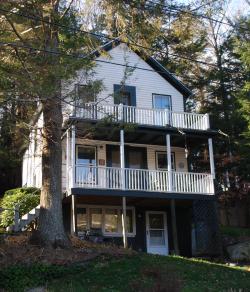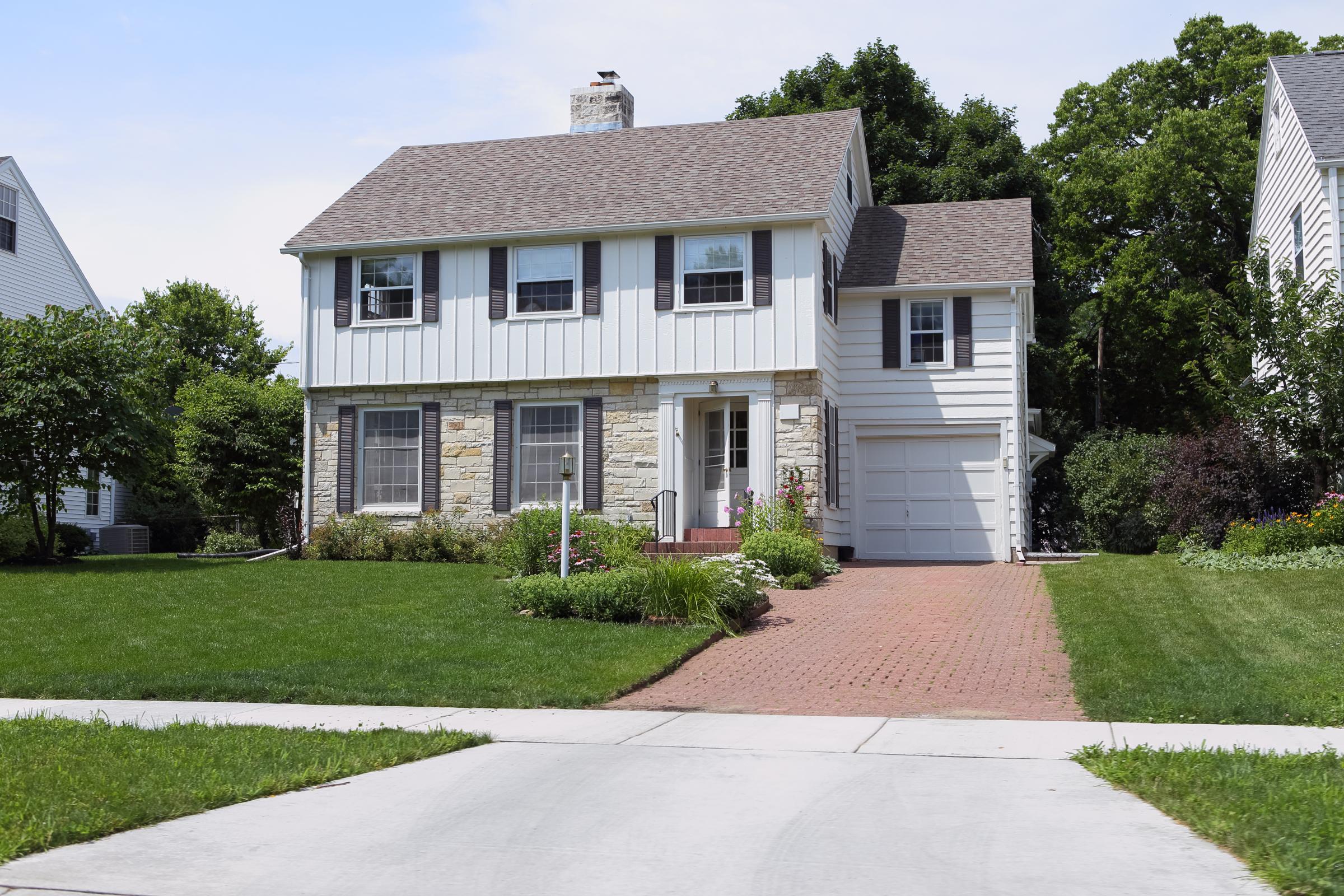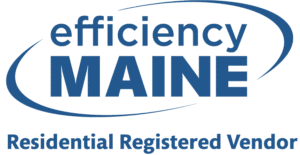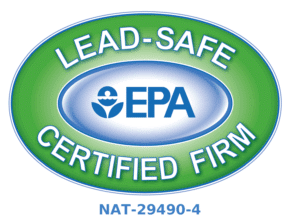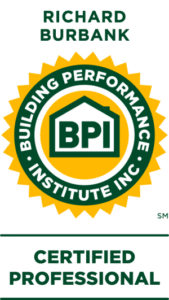Since 2006, Evergreen has helped more than 4,500 Maine homeowners stay warmer in winter and cooler in summer with upgraded insulation!
Your Maine Home Deserves Better Insulation
Over nearly two decades in business, we’ve spoken to thousands of Mainers living in houses that are uncomfortable during the coldest and hottest months of the year and expensive to heat and cool.
Southern and Coastal Maine homes are often missing key layers of insulation and air sealing protection. That can lead to high energy bills and uneven indoor temperatures.
At Evergreen Home Performance, we specialize in insulation and air sealing upgrades for Maine homes of all ages, sizes, and types. Since 2006, we’ve helped homeowners throughout Portland, Rockland, and the surrounding areas create more comfortable, healthy, and efficient living spaces-backed by building science and focused on the things that matter most to you, including:
- More even indoor temperatures
- Lower energy bills
- A home that’s better for the environment
- Fewer ice dams on your roof
- Less strain on your heating and cooling systems
- Increased home value
- A quieter home to live in
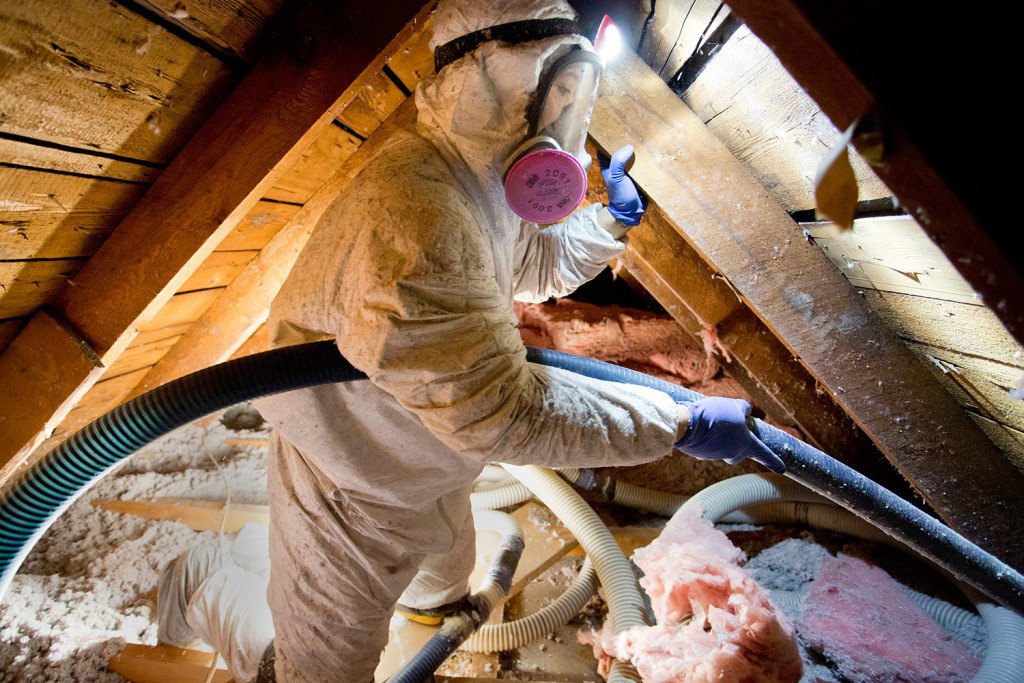
Air Sealing
Air Sealing
Seal hidden leaks that waste energy and allow unwanted outdoor air to enter.
Attic Insulation
Attic Insulation
Protect your home from outdoor temperatures and help prevent ice dams on your roof.
Wall Insulation
Wall Insulation
Create more consistent room-to-room comfort and reduce outdoor noise.
Basement Insulation Solutions & Basement Air Sealing
Basement Insulation Solutions & Basement Air Sealing
Fix comfort and efficiency issues throughout your home from the ground up.
Types of Insulation
Types of Insulation
From cellulose to spray foam, we match the right material to your home’s needs.
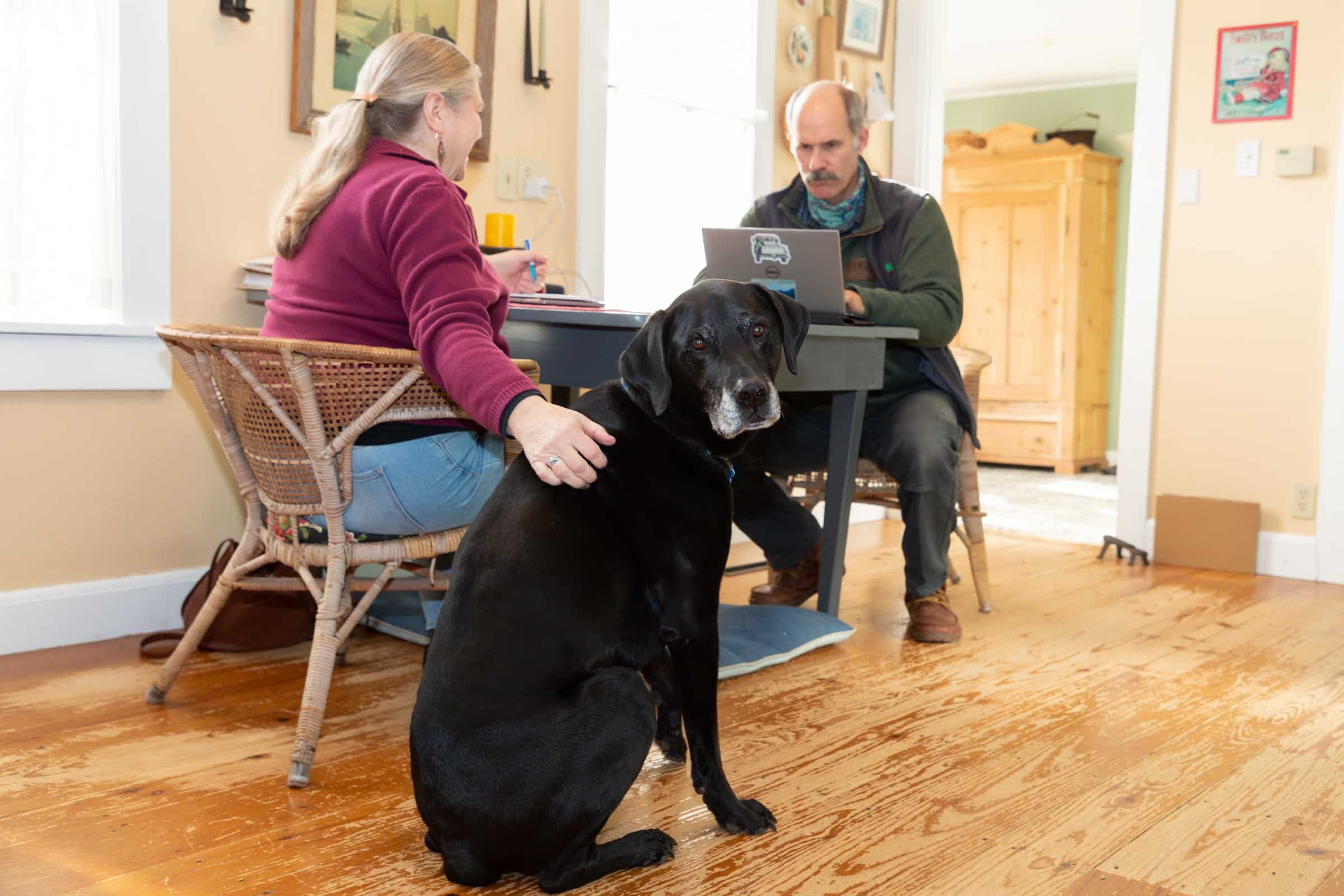
How It Works: Your Path to a More Comfortable Home
Getting started is simple, and we guide you every step of the way.
- Free consultation – Tell us what’s going on in your home. We’ll listen.
- Energy audit – We assess your home’s needs using building science, not guesswork.
- Insulation and air sealing upgrades – Our crew gets to work with care and precision.
- Final test-out – We verify the results and make sure you can feel the difference.
Save for Up to $8,000 in Efficiency Maine Rebates, Plus Financing
Improving your home’s insulation is one of the smartest investments you can make-and thanks to current rebates and financing, there’s never been a better time to save on insulation upgrades.
- Up to $8,000 in Efficiency Maine insulation rebates
We handle all the paperwork, making your rebate process easy! - Financing options with payments as low as $50/month
Available through Efficiency Maine’s Green Bank
The very first homeowners to receive Efficiency Maine rebates worked with Evergreen, and we’ve helped more Mainers access these rebates than any other insulation company since!
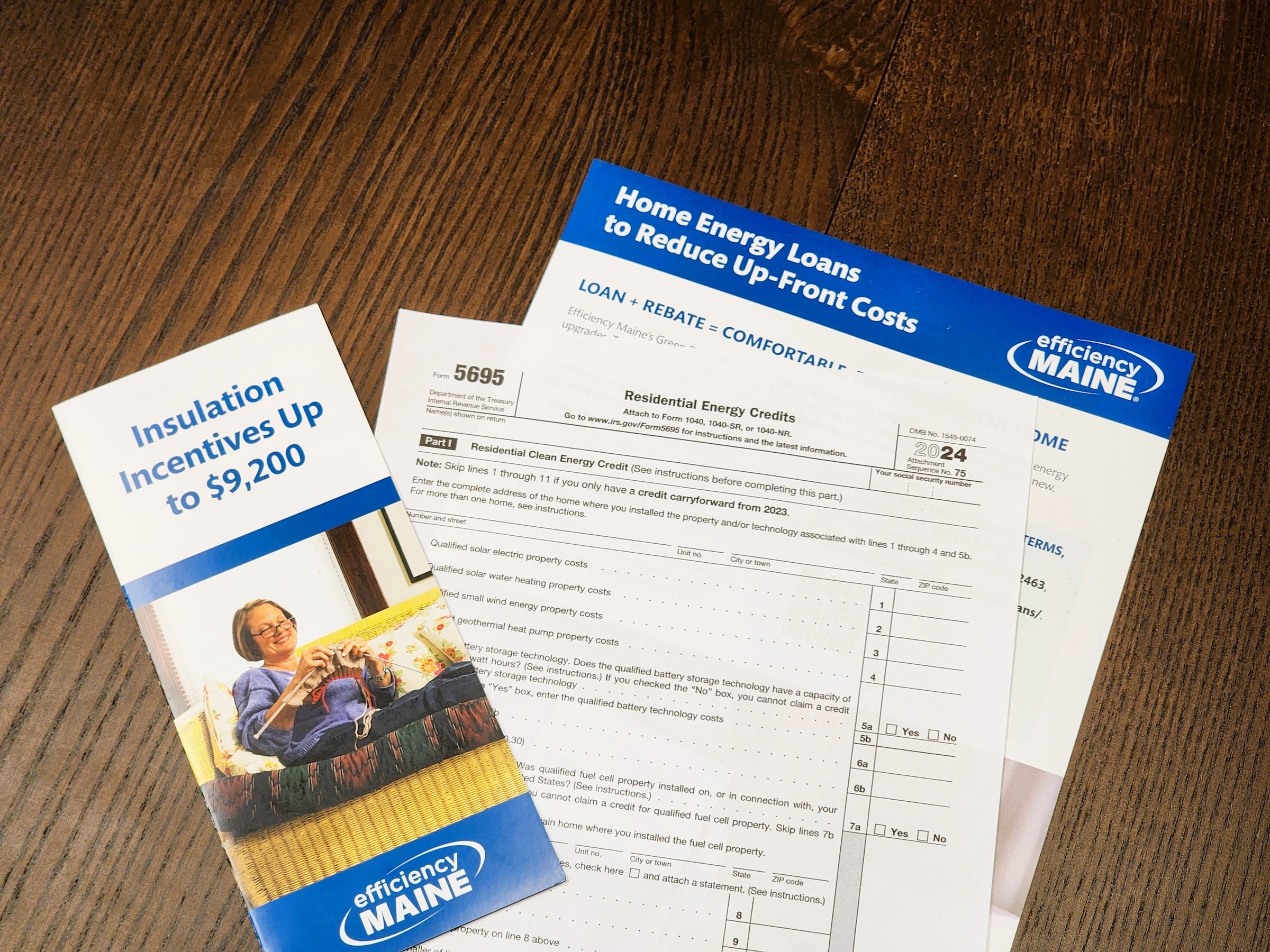
Maine’s Trusted Home Insulation Company Near You
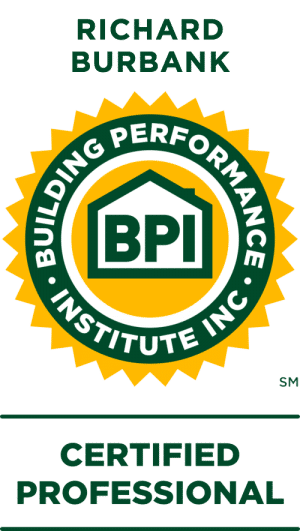
BPI
We have more Building Performance Institute-certified professionals on our team than any other company in Maine.
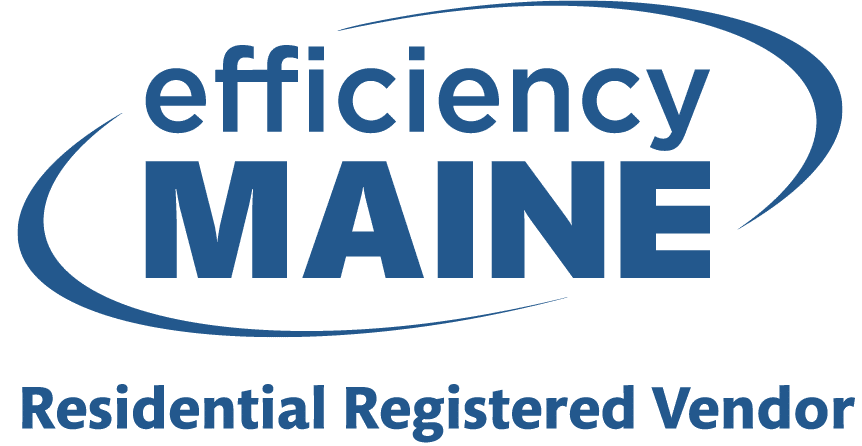
Efficiency Maine
We helped more homeowners receive Efficiency Maine rebates for insulation than any other contractor in 2024!
